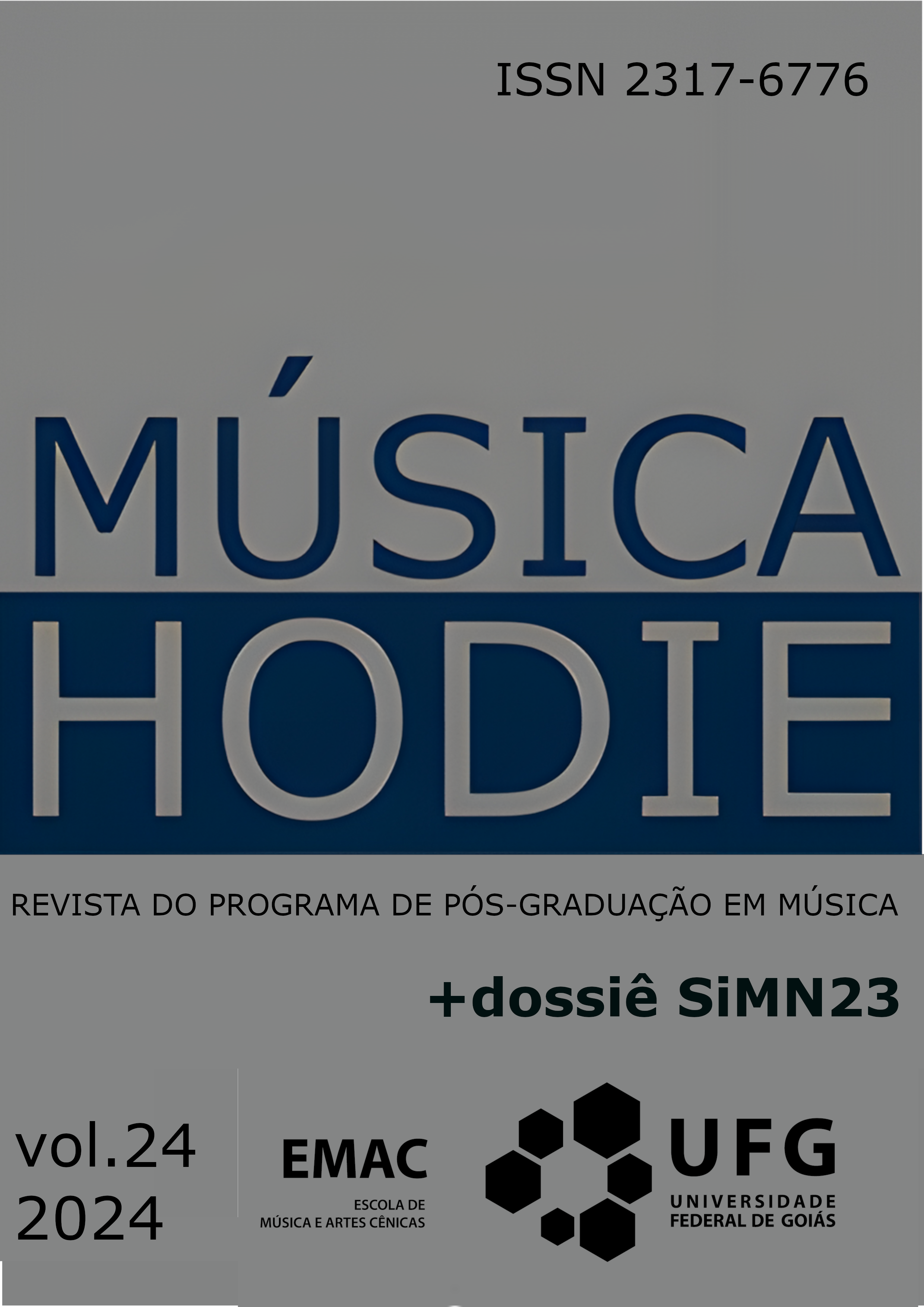The Iranian National Musical Instruments and Their Techniques
The Iranian National Musical Instruments and Their Techniques
DOI:
https://doi.org/10.5216/mh.v24.80795Palavras-chave:
organology, performance techniques, Iranian musical instruments, cultural identity, traditional music, Middle Eastern Music, learning how to play musical instruments, musical instruments, traditional instruments, national instrumentsResumo
This article provides an in-depth examination of Iran’s national musical instruments and the diverse techniques used in their performance, emphasizing the vital importance of organology in understanding the cultural and historical dimensions of music. It categorizes Iranian instruments into three main groups: stringed, wind, and percussion, each with unique structural features and playing styles that embody the region’s rich musical traditions.
The discussion demonstrates how these instruments are not simply instruments of musical expression, but also symbols of cultural identity and reflect Iran’s social and historical narratives. By examining the skill and cultural significance of each instrument, the article demonstrates their role in various musical contexts, from traditional ceremonies to contemporary performances.
Furthermore, the article addresses the challenges of preserving these traditional instruments in an era of globalization, where modern influences often overshadow indigenous practices. The organization supports revival efforts aimed at educating new generations of musicians and fostering a deeper understanding of the nuances of Iranian music.
This research aims to contribute to the ongoing discourse on the preservation of musical heritage by emphasizing complex performance techniques and their cultural implications. The article concludes by examining the potential of Iranian instruments to engage with the global music scene, highlighting their capacity to enrich intercultural dialogue and promote a deeper understanding of world musical traditions.















